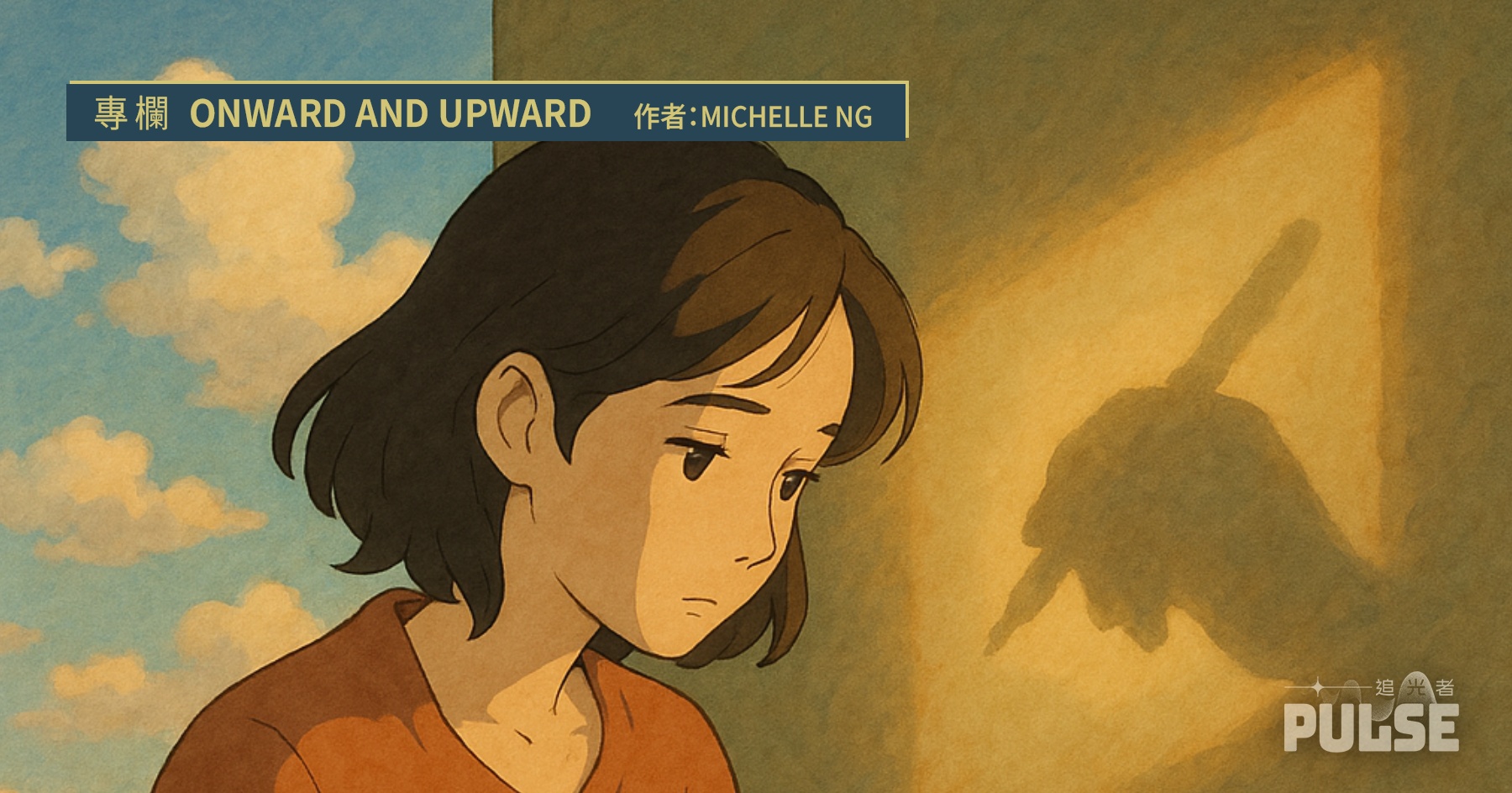Back when I was a senior school student in Hong Kong, this was how I was taught to write. Follow the five-paragraph format. The first paragraph should be your introduction, where you tell the reader what you’re going to write. The next three body paragraphs should each consist of a point you intend to make; start each paragraph with “Firstly,” “Secondly,” “Thirdly,” adding transitions like “Moreover” or “Furthermore” if you wish to elaborate further on your points. The last paragraph is where you write your conclusion; start with “To conclude” or “In conclusion,” and then summarize the three points you’ve made.
Even though some two decades have passed, and even though ChatGPT is now rendering this teaching technique obsolete – what’s the point of learning to write in this soulless, formulaic fashion when this is exactly the style of writing AI excels at? – students in Hong Kong are still being taught to write this way. I know this for a fact because this is how many of my Hong Kong students are taught in school. They are seldom, if ever, instructed in alternative approaches to writing.
The question then becomes how to help students unlearn this prose style and develop their unique voice in a world of AI slop. The first step is to understand why this rigid writing instruction has been around for so long. Writing is hard; as Gene Fowler puts it so vividly, the act involves staring “at a blank piece of paper until drops of blood form on your forehead”. The five-paragraph essay format allows teachers to sidestep the pain of (1) considering the uniqueness of each writing situation and (2) coming up with a tailored writing solution on the spot. Breaking its spell therefore involves addressing both challenges.
Below is an essay I came up with on the spot in a class I gave last week. Instead of taking the form of a distinct introduction, three body paragraphs, and a conclusion, my piece is structured like the kind of music where variations of the same theme are played and reprised. Instead of “Firstly,” “Secondly” and “Thirdly,” the paragraphs are connected through quotes from the same source. In composing my copy off the cuff, I relied not on any formulas I’d memorized, but on an artistic sense cultivated through past readings of good and great writers.
In a world where AI can endlessly churn out generic streams of text, I believe this is the way forward for the teaching of English writing.
***
Would you like to be a fashion model?
The most heartless comment on fashion models I’ve ever encountered came from none other than Richard Avedon, arguably the most famous fashion photographer of the 20th century (Fred Astaire played him in the 1957 film “Funny Face”).
When the former beauties he had photographed some 20 years ago took the trouble to travel to New York to attend one of his photo exhibitions, Avedon made a series of unkind comments about their faded looks behind their backs. He heartily agreed with the view that Dovima, the most highly paid model of her day, was now “a wreck, a street accident.” Suzy Parker, another top model from the 1950s, had “totally let herself go. But that’s how you get when your life is nothing but car pools.” He also directed this collective insult at them: “Like chocolate that has turned – or milk.”
The most insightful comment on fashion models (or women attractive enough to be one) I’ve ever encountered also came from Avedon. “Beauty can be as isolating as genius, but without its rewards,” he observed in relation to his sister, who was so stunning that her mother once rhapsodized “With skin like that and eyes like that you don’t have to speak.” Well, the girl’s good looks made it more difficult for her family to recognize her mental problems. She had to be confined to a mental institution in her 20s; at 42, she was dead. A model who worked with Avedon fared even worse. Blonde beauty Sunny Harnett – lauded in her heyday as a model who “wore chinchilla and diamonds as carelessly as if they really belonged to her” – was washed up by her 30s. She had just gotten divorced in that decade when she ran into someone she had known in her modeling days; she leaned on his shoulder and cried “Wasn’t it fun once?” Soon, she was diagnosed with breast cancer. By her 60s she was locked up in a nursing home with roommates in their 80s. Then the home caught fire and she got burned to death.
The Chinese have a saying about taking the long view when choosing a career: “One should be a ginseng, not a turnip.” Both look similar when young, but turnips have a short shelf life while ginseng’s value increases with age. By this measure, fashion modelling is one of the most undesirable lines of work. Consider Jane Goodall. As a young woman, she was beautiful enough to be a fashion model, yet she devoted herself to studying chimpanzees. Like Avedon’s women, her looks became ravaged by time; unlike them, her stature only grew with age. Goodall chose to be a ginseng, and that has made all the difference.
***
Michelle Ng
英國牛津大學畢業,前《蘋果日報》和《眾新聞》專欄作家,現在身在楓葉國,心繫中國大陸和香港。












